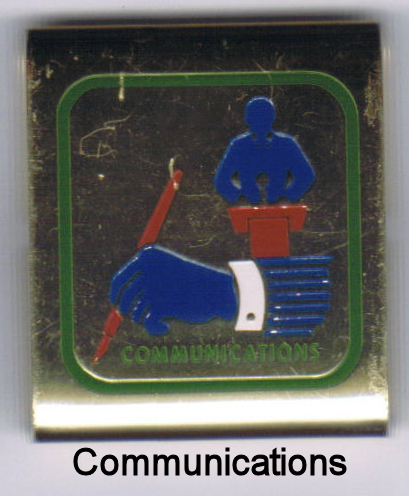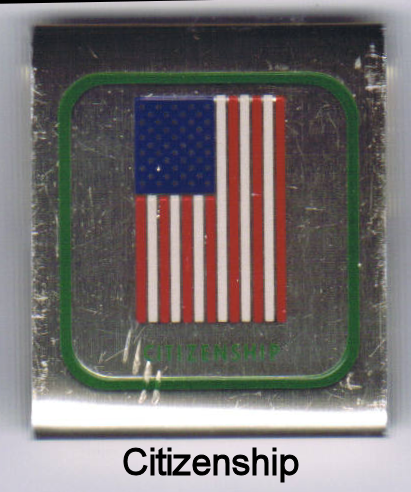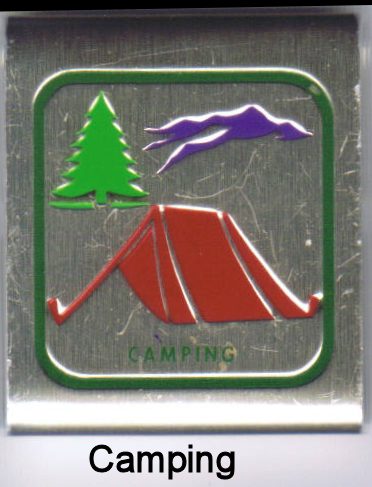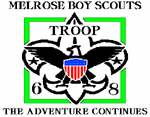 When the skill award program existed during the 1970-1980’s there was one skill award that was not very popular with the Boy Scouts of Troop 68. The Community Living Skill Award was not the most earned belt loop of the twelve. I know that I did not earn it as a Scout, but then advancement was not a big part of my troop’s program when I was a youth. Here are the requirements of the Community Living Skill Award:
When the skill award program existed during the 1970-1980’s there was one skill award that was not very popular with the Boy Scouts of Troop 68. The Community Living Skill Award was not the most earned belt loop of the twelve. I know that I did not earn it as a Scout, but then advancement was not a big part of my troop’s program when I was a youth. Here are the requirements of the Community Living Skill Award:
1) Explain what is meant by the terms: public utility, public service, government, community problems, community organization, volunteer or private agency, government agency, ethnic group, tradition, resources, crime resistance.
2) Do three of the following:
a. Make a list of five organizations working in your community. Visit one. Tell what it does.
b. List five activities that take place in your community during a month. Explain the reason for each. Take part in one. Tell what you did.
c. Make a list of five community problems. Explain how each affects you, your family, and the community.
d. Tell some of the history, traditions, contributions, and ways of living of two ethnic groups in your community.
e. Visit your police department. Find out what you can do to reduce the likelihood of crime in your home and neighborhood. Tell about your visit.
f. Take part in a service project that will help a volunteer or private agency in your community. Tell what you did.
3) Describe two public services. Visit a place that provides one of those services. Tell about your visit.
4) Show that you know how to get around using a map or transportation schedule.
At the bottom of the page is a short footnote that explains that “community” is the place where you live.


 When I was a Boy Scout in the mid 1970’s we needed to earn belt loops called skill awards for the first three ranks. Each skill award was based on a certain set of skills, such as camping, hiking, or swimming. There were twelve belt loops a Boy Scout could earn. The Citizenship Skill Award and one other were required for Tenderfoot. Hiking, First Aid, and one other skill award were required for Second Class. A Scout needed to complete the Camping, Cooking, and one other skill award for First Class rank, in addition to the First Aid Merit Badge.
When I was a Boy Scout in the mid 1970’s we needed to earn belt loops called skill awards for the first three ranks. Each skill award was based on a certain set of skills, such as camping, hiking, or swimming. There were twelve belt loops a Boy Scout could earn. The Citizenship Skill Award and one other were required for Tenderfoot. Hiking, First Aid, and one other skill award were required for Second Class. A Scout needed to complete the Camping, Cooking, and one other skill award for First Class rank, in addition to the First Aid Merit Badge.
